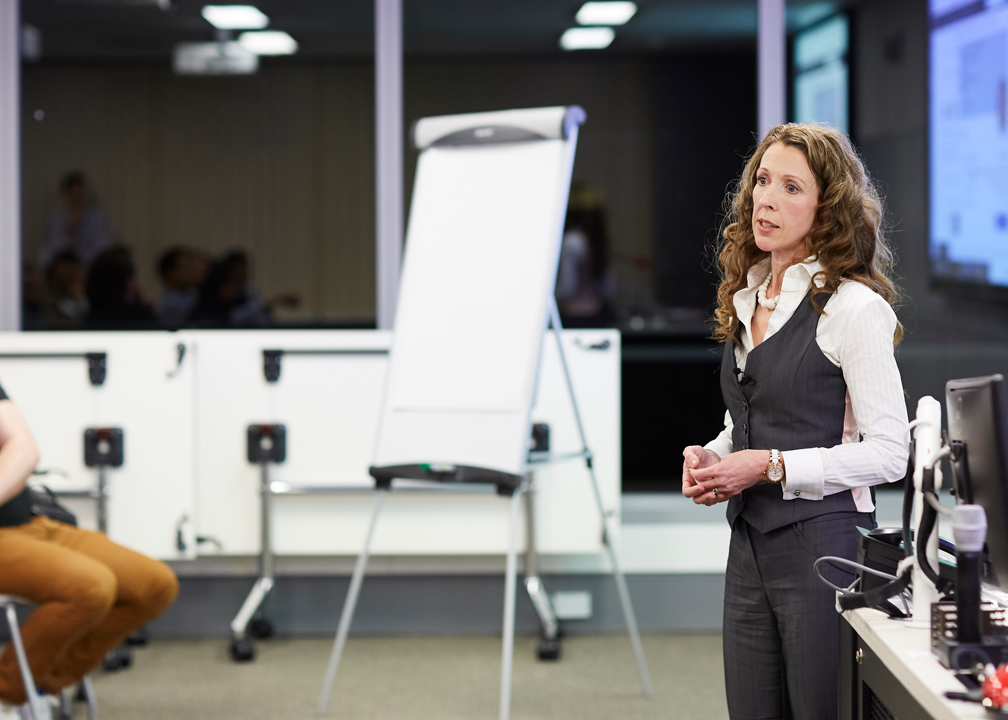How to build more touchpoints with your events and content
*Ah, the irony, this article was to be published mid-June, but Sydney then went into lockdown… Still, I think there are some nuggets in here.
In person events are back in our diaries, and while these are often hybrid events, the anticipation is huge. We’re all itching to connect and event organisers are successfully attracting and engaging their target audiences – finally. The thing is, we’re all hung up on the big day. Despite all the digital adoption that has occurred, little in the way of outreach and follow-up is done before and after the event.
Marketers follow a similar pattern when creating content. They agonise over their craft, and after they hit publish, they give themselves a big pat on the back and wait for the phone to start ringing. Distribution is often not even given a second thought – it is left in the hands of destiny.
So, here’s a challenge. Don’t just think event management. Don’t just think content marketing. Don’t be the couple who dedicates their time and energy to planning their wedding only to realise that they are not compatible on their honeymoon.
Instead, be intentional. Think promotion. Think distribution. Think of what you can do before to prime and after to nudge your audience. Consider how you can squeeze even more value out of your creative efforts by using events and content as a launchpad for several high-impact touchpoints.
Of course, leading event organisers and marketers know strategy. They see the big picture and design events and content to align with organisational objectives. Ultimately, they understand that the most effective events and content with the highest ROI nurture relationships. It’s not about quick likes on LinkedIn or event attendees who are happy with their free lunch. It’s about touchpoints.
No touchpoints mean no sales – it’s that simple
We must intentionally build touchpoints to attract, engage, and convert our target audiences, and one, two, or even three is not enough. On average, we need about eight touchpoints to get a prospect over the line.
What are touchpoints? Any moment where a prospect interacts with you or your business: private messages on social media, in-person conversations, emails, phone calls, and so on.
Face-to-face, email, and phone have long been cornerstones of the touchpoint landscape, but times are changing. For one, the pandemic has turned our business events calendar upside-down and inside-out. Email is still kicking along, but our inboxes are so inundated that it’s tricky to get high open rates. According to Gartner, only 23.9 percent of sales emails are opened. Phone calls are time-consuming, with eight in ten sales demanding five follow-up calls. Almost half of salespeople throw in the towel after call one.
LinkedIn, however, is fertile ground – it’s where business conversations happen in our online, now-hybrid world, and it doesn’t cost a dime. A stat from 2017 paints an interesting picture: social selling tools (like LinkedIn) increase win rates by 5 percent and deal size by 35 percent. I’m guessing the 2021 figures are even higher.
How to use events to build more touchpoints
As much as it pains me to say – putting on a great show the day of isn’t the be-all and end-all of a successful event. Here’s how you can leverage your event to foster meaningful interaction.
Tip 1: Send personalised invitations
LinkedIn is like the handshake you share with someone you’ve just met – except much more COVID-safe. It establishes a connection. So, send out personalised invitations, or messages, to people that are likely to attend or be interested in your event.
This is something I recently did when speaking at a CPA Women in Business event.

Tip 2: Make promotion easy
If you are organising an event, give speakers a link and potential wording that they can publish from their own social profiles to ramp up excitement around your event.
Tip 3: Build relationships before and after the event
Before the event, ensure the key account manager, sales director, and potentially even the CEO are connected to the attendees. If they aren’t, encourage your sales teams to write personalised connection invitations that mention they are looking forward to catching up at the event. It should include a link to the event and perhaps a reminder on the date or time.
A quick note: don’t send InMails; these feel spammy and you want sales people to be able to use events as a reason to connect, as a handshake you make before you meet.
Here’s an example:

Follow-up after the event, too. Thank people for attending and ask for critical feedback:

Putting in the effort before and after an event pays off. I am sure the success of my recent training event was (at least partially) down to all the touchpoints I built around it.

Tip 4: Train your team to use LinkedIn
Marketing and communications teams are always involved in event planning. But sales? Customer service? Executive leadership teams? These should all also be involved in making your events (and content) successful. It is in everyone’s best interests to see events and content as assets from which to build as many authentic touchpoints around, as possible. Train everyone to do this using LinkedIn.
My webinars are $1,200 and in-person events start at $2,300 [website link]. That’s a small fee to extend the footprint of your content and the success of your events.
Tip 5: Invest in a photographer and videographer
Invest in high-quality photos and video footage to showcase event success, building FOMO for those who failed to attend, recognition of past events and hype for future events. Share images with speakers to further grow your own organisational brand footprint and so that they can remind their following of the event. Try to also publish photos and videos to LinkedIn during the event to get audiences involved and reaffirm the great experience.
Make sure your photographer captures logos and banners in the background – don’t let branding opportunities slide. If you’re in Sydney, I highly recommend Dany Vandine or the team at Reelstory.co.
Create a short video of the event and share it on LinkedIn, tagging key participants in the post or the comments. If they miss the notification, send a LinkedIn message with the post URL (which you can grab by clicking on the three dots, top right corner of the post) and a quick thank you.
How to use content to build more touchpoints
Publication is not the end of the story. Here are five tips you can use to build more touchpoints using your content.
Tip 1: Consider your distribution channels
Where are you distributing your content? If you’re only publishing your blog posts to your website, consider broadening your reach by syndicating to different channels. Re-publish your articles to your personal LinkedIn profile under a unique headline. Wait a few months, write another new headline, and re-publish again, this time on your company page (if you have one).
Duplicate content warning: Google will rank the articles you publish on LinkedIn, allowing you to increase your footprint in search results. However, tread lightly. Here’s what Google says, “If you syndicate your content on other sites, Google will always show the version we think is most appropriate for users in each given search, which may or may not be the version you’d prefer. However, it is helpful to ensure that each site on which your content is syndicated includes a link back to your original article.”
Tip 2: Pull short posts from long-form articles
One of the easiest ways to generate value-add content for your LinkedIn audience is to pull nuggets of wisdom from your longer-form articles. This process is almost as fast as sharing other peoples’ content, which, by the way, is far less effective in reaching audiences and driving engagement.
Tip 3: Build access into your content creation pipeline
If you own a sizeable company, ensure that all relevant content is accessible via a shared drive. Encourage employees to access original content and publish it from their own LinkedIn pages. Give them explicit permission, show them how to find and post content, and expand your reach.
I can assure you that sales and account management specialists love having a treasure trove of done-for-you content at their fingertips!
Tip 4: Be active participants on LinkedIn
Conversations are two-way streets. Publicly respond to every comment on a post and train your staff to do the same. On an ad-hoc basis, privately direct message people to thank them for their likes of your post. If you are not connected and the person who has liked your content looks like someone you could potentially do business with, reach out with a personalised invitation to connect referencing that they liked your post and whatever else you may have in common.

Attention is a gift, so don’t ignore those that take the time to engage with your content. Engage them. Reward them. Participate in the discussion, listen deeply, and use what you learn to shape future content marketing efforts.
Remember, content should answer your audience’s questions, address their concerns, and inspire them to take action. In many ways, content creation is an act of empathy.
Tip 5: Prompt people to check out your content
If you publish a piece of content you think a customer or contact of yours would find helpful, take the time to reach out and send them a link. Explain why you think they might enjoy it. It’s a simple, personal, no-pressure way of a) reminding them you exist and b) getting more eyeballs on your content. But only do this occasionally and be genuine – never bombard or spam people.
Build relationships one touchpoint at a time
There’s so much more to content creation and events than the finished product. Really, the final draft and event day are less than half of the total picture. Squeeze every last drop of value out of your efforts by going the extra mile. Repurpose, reach out, and remind people that you have something worthwhile to add to the conversation.


